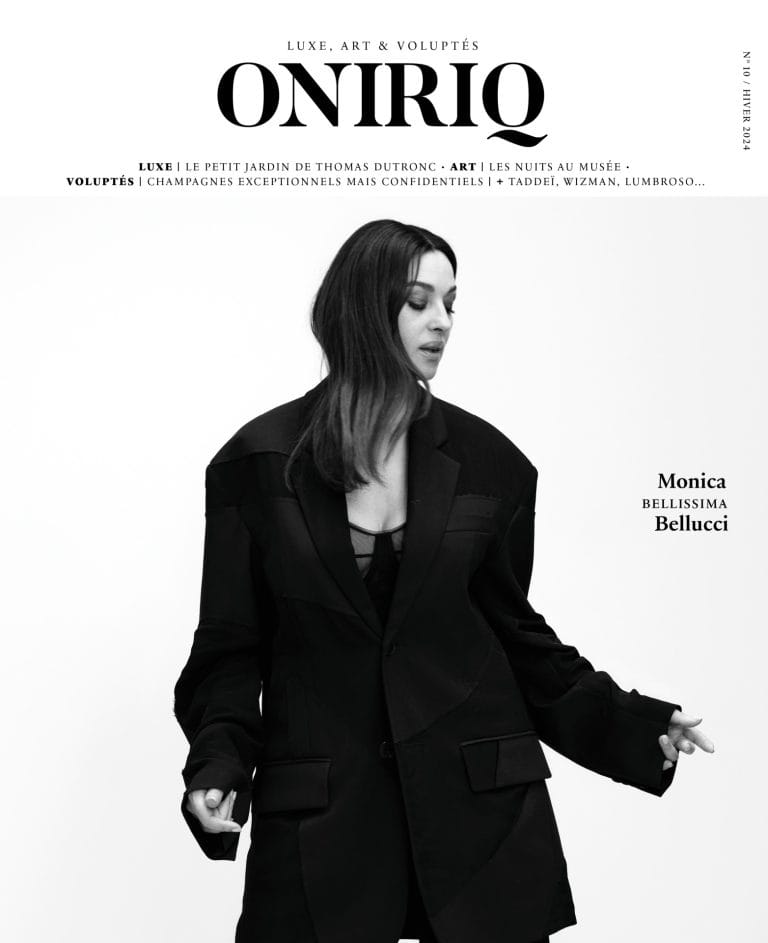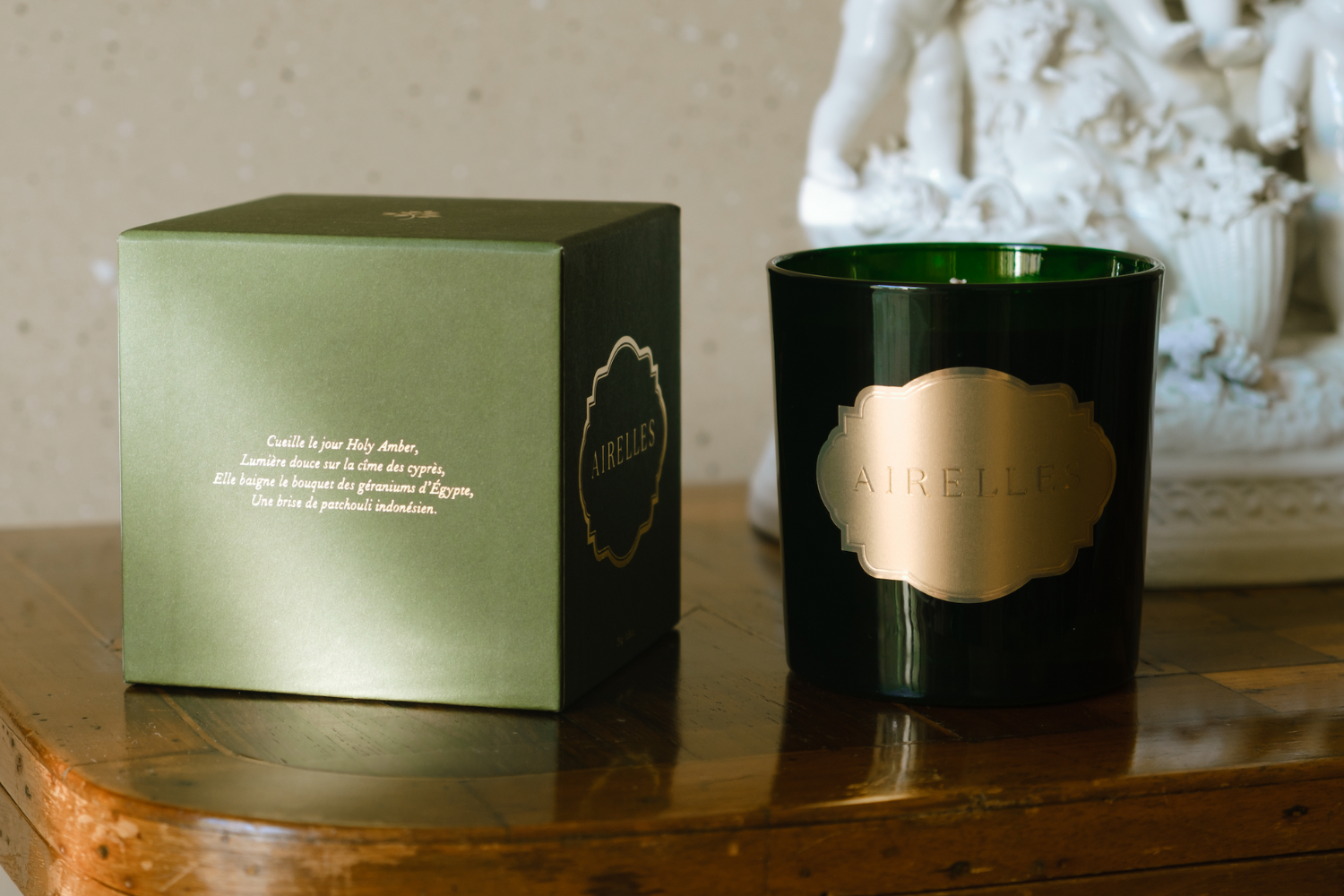Translated by Bethszabee Garner
Breathtaking views, sleek architecture and decor, Michelin-starred tables, exceptional wellness services... Palaces and luxury hotels go to great lengths to seduce their guests. Another factor, often invisible, nevertheless plays a key role: olfactory identity.
Long considered a mere detail, this fragrant signature has become a fundamental pillar of the customer experience. And for good reason: a well-chosen fragrance can, from the moment of entry, create a lasting first impression and be instantly etched in the memory of visitors. A subtle olfactory trail deployed in the lobby, rooms and common areas, which will accompany customers well beyond their stay, wherever they are, thanks to take-away formats: candle, diffuser, soap, room spray, etc. All of this relies on the expertise of talented perfumers who, in order to design immersive and evocative compositions, adopt a creative approach that is quite distinct from that used for personal fragrances.
The memory of the site
Because inventing an olfactory signature is not just about imagining a pleasant fragrance. It is about successfully capturing and transcribing the very essence of the establishment. This achievement becomes a sensory embodiment of its identity, the result of an alchemy between history, atmosphere and artistic vision.
For Thierry Wasser, Guerlain’s master perfumer since 2008 who has worked with the Cheval Blanc hotels, the primary sources of inspiration are “the geographical location and its environment. Also, it is a process that is carried out with the team in charge of the opening of the new hotel. Often a briefing is given to tell the story of the place and some anecdotes relating to it,” he explains. “The architecture is an important piece of the puzzle. Is it a completely new building, is it a renovation? The interior design offers you a reading of the desired atmosphere. Colors and textures play a predominant role in the choice of materials chosen for the composition of the fragrance.”
For Céline Barel (IFF), who worked with Les Airelles, "The history of the place, the details nestled in every aspect of the stay, from the lighting to the tableware, including the textures, the furniture and the flowers, the experience in the room and at the bar, are an infinite source of inspiration. Less the type of clientele, because the olfactory signature of a hotel should reflect a place, not a clientele."
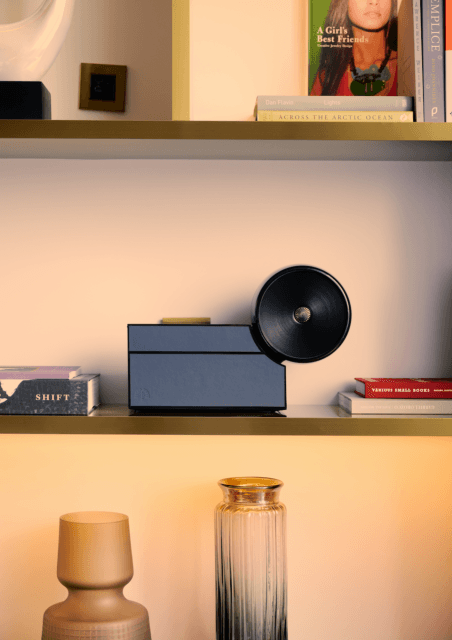
A unique process
Especially since the creation of an olfactory signature differs profoundly from that of a personal perfume. As Céline Barel explains, “here, it is not a question of expressing a personality, but of translating the emotions and the soul of a particular place.” The aim is to create a lasting memory, a real “Proust’s Madeleine” that will encourage guests to come back, among other things.
An important difference also highlighted by Thierry Wasser, expert of taylor-made : “A tailor-made perfume creation is a journey for two that takes you into the life of the sponsor, with the memories, loves and aspirations of someone. The aim is to create a fragrance for one person and one person alone. Creating for an establishment that offers an experience, in addition to accommodation and impeccable service, is a different exercise. It's about creating a memory of the place and the experience in the minds of the guests.”
The real challenge? Ensuring that this impression remains subtle and blends in elegantly with the environment without invading the space. “The olfactory atmosphere must be discreet, almost subliminal. There is nothing worse than a heady scent that gives off an aggressive or claustrophobic feeling,” specifies the perfumer. For her part, she will favor, for example, “woods, resins, aromatic plants, light floral or musky notes” while “fruits, gourmet or floral notes that are too heady are to be avoided. These combinations, often adored in personal fragrances, can quickly become artificial and divisive in a shared space”.
While he does not exclude any notes, Thierry Wasser makes it a point of honor to ensure perfect coherence of the whole ensemble: “When you imagine a scent for a space, it's a bit like hanging a painting on the wall, it's good to blend harmoniously into its surroundings. The scent must be subtly present to be smelled, without necessarily being consciously recognizable.”
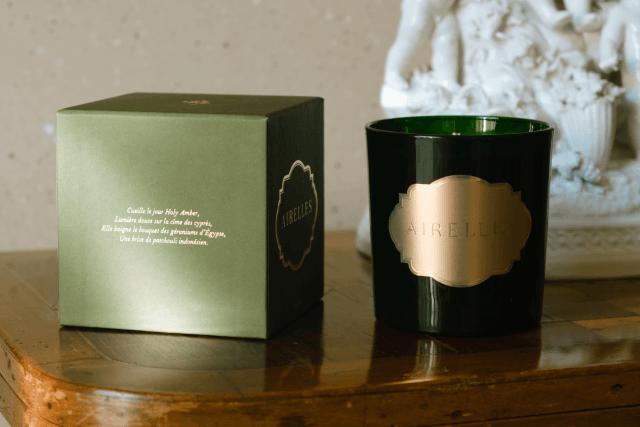
From hotels to cruises
While hotels are pioneers in the use of olfactory signatures, this trend is now spreading to other luxury sectors, particularly cruises, as is the case with Explora Journeys, which has collaborated with perfumer Alberto Morillas (Firmenich). With, as always, a different approach from that of a perfume intended to be worn, particularly in terms of structure, the aim was to create “an immersive atmosphere, conducive to escape, which is an integral part of the environment without disturbing intimacy, and which captures the spirit of the ocean and the freedom felt at sea”.
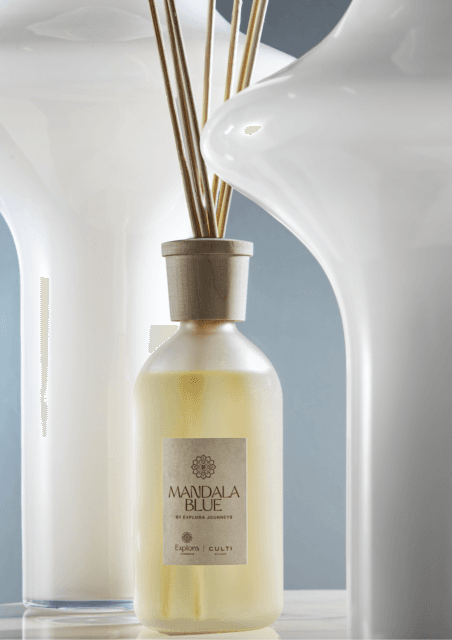
For Mandala Blue, the nose has thus worked with luminous citrus fruits such as bergamot, mandarin and petitgrain from Paraguay, combined with delicate jasmine and orange blossom for an airy touch.
The composition is enhanced by deep and enveloping notes of sea amber, guaiac wood, tonka bean and musk, “to create a sensory immersion suspended between sky and sea”. A true vector of the identity of the place that hosts it, beyond a merely decorative addition, the olfactory signature thus becomes a universal language to tell a story and transport guests on a journey that is both physical and sensory.

